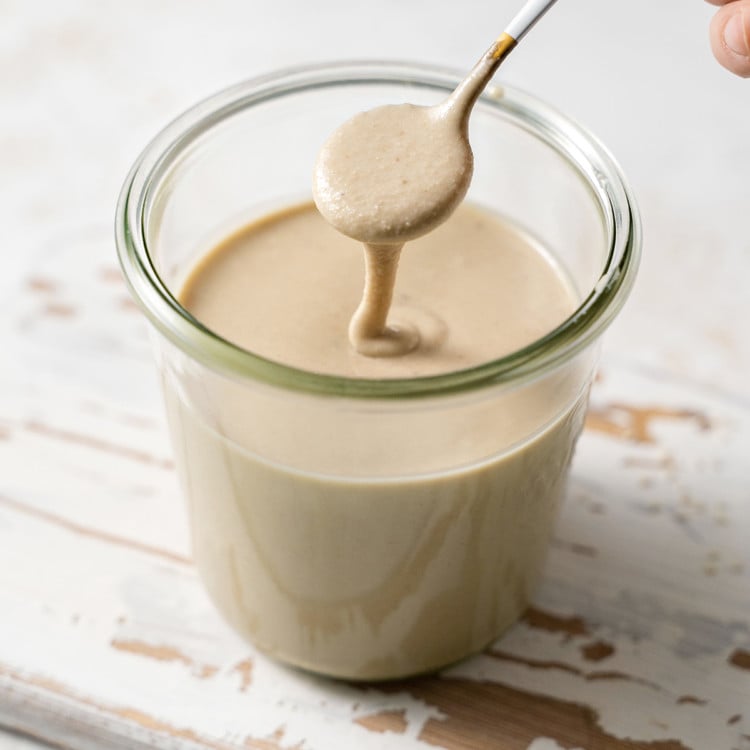
How to Make Tahini
Creamy, nutty, and earthy, tahini is a kind of paste made from sesame seeds. Once you know How to Make Tahini, you can start incorporating it into your homemade hummus, sauces, spreads, dips, and more!
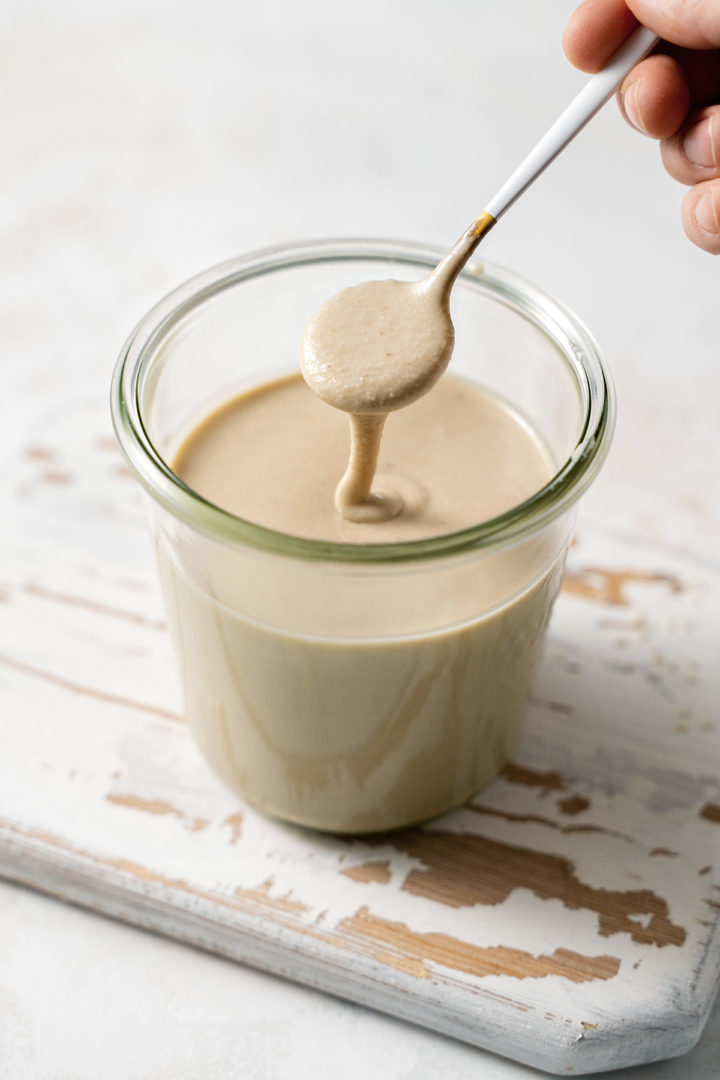
Tahini is the star ingredient in Middle Eastern recipes like hummus and baba ghanoush.
It’s similar to peanut butter in consistency, but its flavor is much earthier and can sometimes be slightly bitter.
Although tahini is readily available at most grocery stores, it’s cheaper to make it yourself using just one simple ingredient: sesame seeds.
In this tutorial, I’ll explain how to make tahini from scratch, plus some of the many uses for tahini.
What Is Tahini?
Tahini (sometimes called tahina) is a smooth and creamy paste made from ground sesame seeds. It originated in the Middle East and is a star ingredient in many recipes.
Tahini is delicious eaten on its own as a dip, spread, or drizzle, but it can also be incorporated into sweet or savory recipes.
Tahini tastes nutty (although it contains no nuts, just sesame seeds!), earthy, and sometimes bitter.
Katie’s Tip: Its consistency is reminiscent of peanut butter, and you’ll have to stir the tahini before each use as the oil in the sesame seeds will separate from the sesame seed paste over time.
Tools Needed
- Food processor or high speed blender — You’ll be grinding sesame seeds into a thick paste, so make sure your food processor or blender is powerful enough for this task.
- Rubber spatula — For scraping down the sides of the food processor or blender.
- Baking pan — I like to toast the sesame seeds before making tahini paste.
- Measuring cups — A must for any recipe!
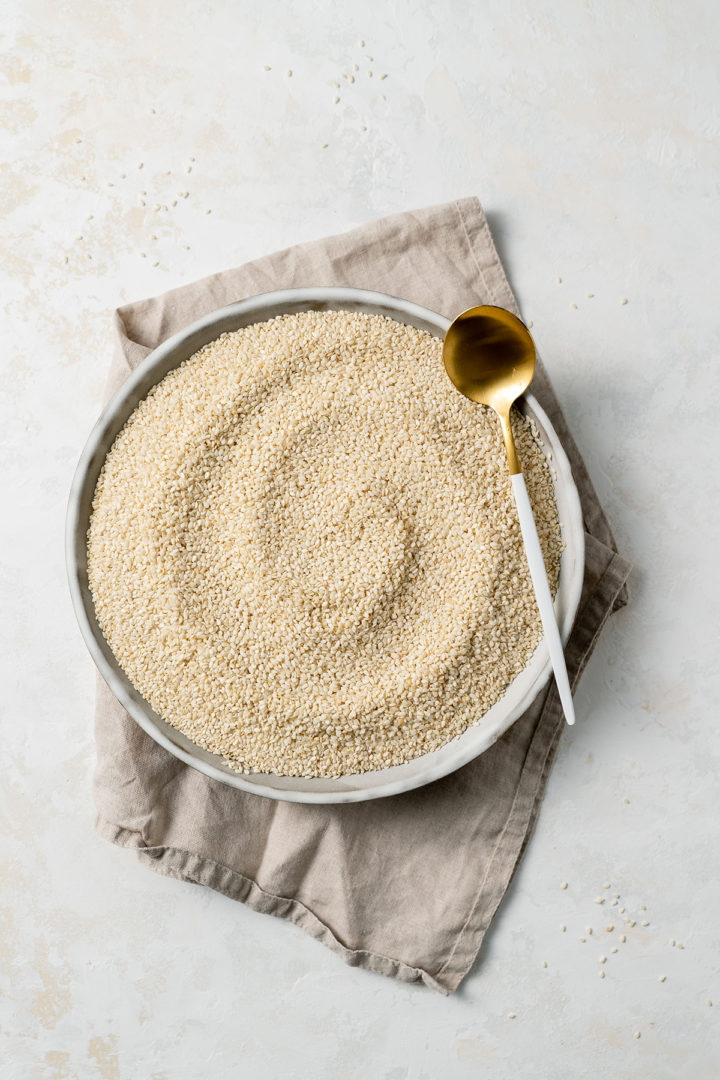
What Is Tahini Made Of?
Tahini is traditionally made from one ingredient: sesame seeds!
When making homemade tahini, using hulled sesame seeds is best. They make for a smoother paste and taste less bitter than unhulled sesame seeds.
Katie’s Tip: The reason oil is sometimes added to recipes is because it helps transform the hulled sesame seeds into tahini much faster. Oil also creates a creamier tahini. I prefer making my homemade tahini without oil, but you’re welcome to add it to the recipe if desired (use approximately 2-3 tablespoons of a neutral-flavored oil per 1 cup of sesame seeds after grinding them).
For the complete ingredient list and detailed instructions to make this recipe for tahini, scroll to the bottom of this post for the FREE printable recipe card.
How to Make Tahini From Scratch
Making tahini from scratch is so simple! Here’s an overview of how to make tahini at home:
- Toast the sesame seeds: Add the sesame seeds to a large baking pan lined with parchment paper and bake until slightly darker (not brown) and fragrant. Stir the seeds at the halfway point.
- Cool the sesame seeds: Let the roasted seeds cool in the same baking pan until warm, but no longer hot.
- Grind the sesame seeds: Add the warm toasted sesame seeds to a food processor and pulse until completely smooth.
The above is simply a quick summary of this homemade tahini recipe. Check out the full recipe in the free printable recipe card at the bottom of this post for all the detailed instructions.
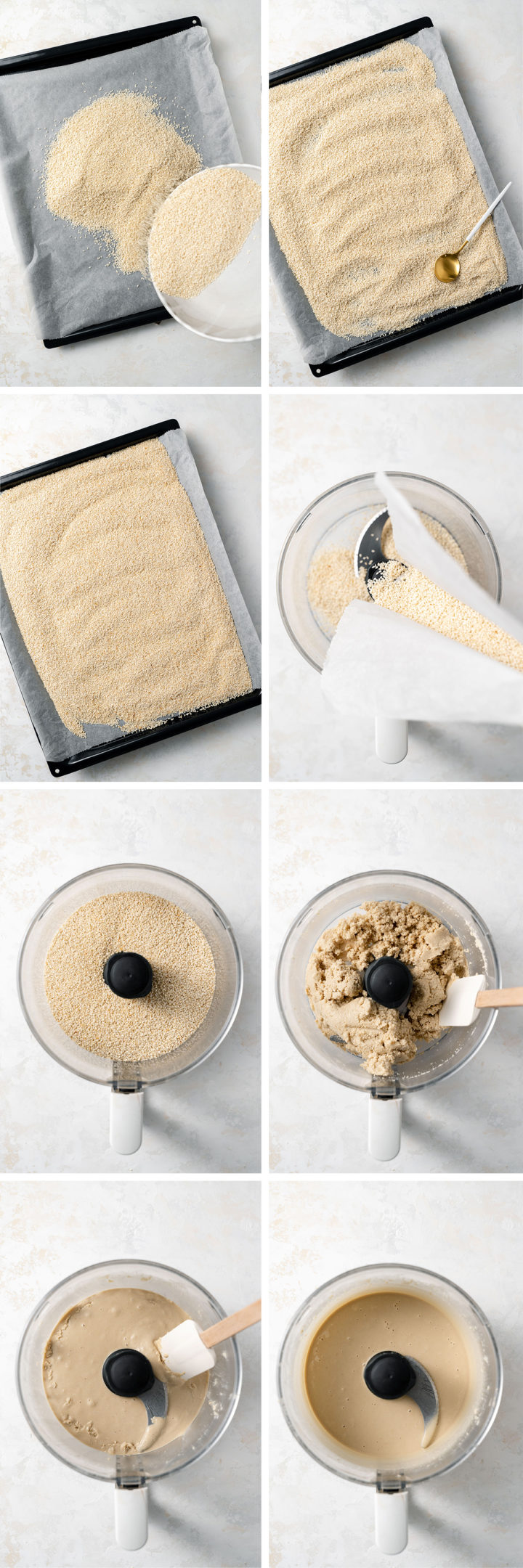
Tips for Success
- Buy sesame seeds in bulk. I recommend buying your sesame seeds in bulk from a health food store, Costco, or similar. You’ll be able to purchase many more seeds for less money than if you bought individual jar in the spice aisle of your local grocery store.
- Buy hulled sesame seeds. I don’t recommend using unhulled sesame seeds. They’re more bitter and will affect the flavor of the tahini.
- Purchase white sesame seeds. If you see different colors to choose from, select white or a light tan
- Make sure your sesame seeds are still good. Just like any other seed or nut, sesame seeds can go bad. If you can’t remember when you bought them, check the expiration date on the packaging and taste a few if needed to make sure they’re still good.
- To make the tahini even creamier, you can add a tablespoon of neutral oil such as grapeseed or olive oil.
- Toast the sesame seeds. This step is technically optional, but roasting the seeds gives them a richer, nuttier taste. You can also make tahini using raw sesame seeds if desired.
- Watch the sesame seeds closely in the oven. These tiny seeds can go from perfectly toasted to burnt in a matter of seconds. They only need about 5 minutes in the oven, so don’t wander away from them!
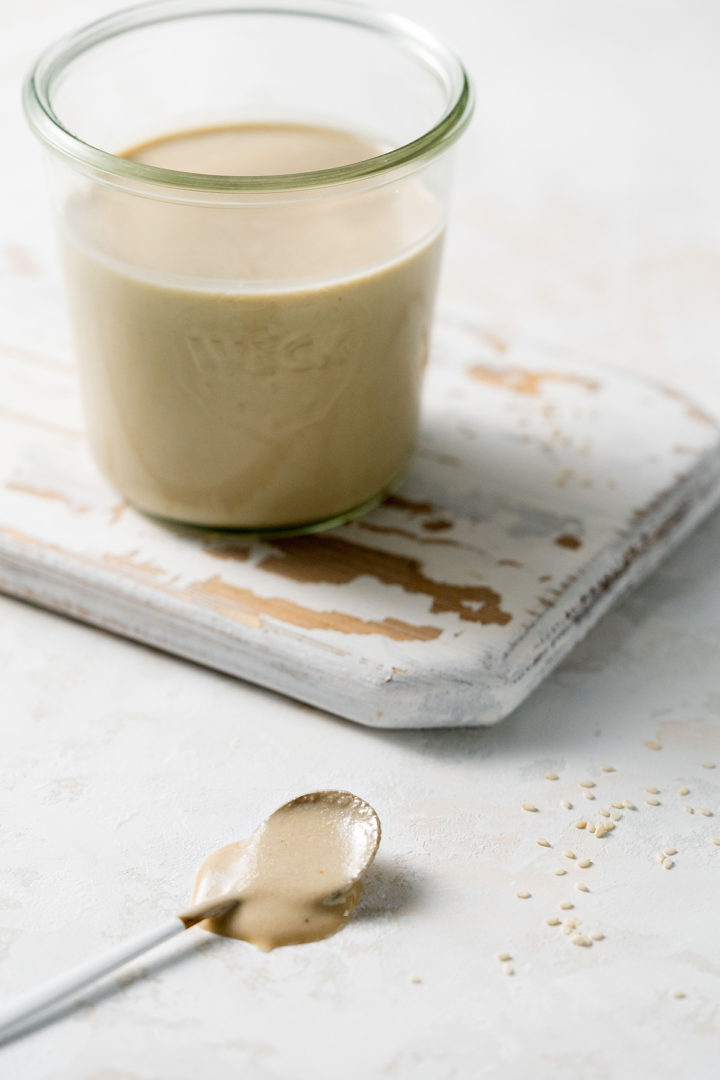
Ways to Use Tahini
There are so many ways to use tahini, both in sweet and savory recipes.
A good rule of thumb to remember is that anytime a recipe calls for a nut or seed butter (such as almond butter, sunflower seed butter, peanut butter, etc), you can almost always substitute it with tahini.
Here are some of my favorite tahini uses:
- Use it to make hummus (I love this salsa verde hummus, roasted red pepper hummus, and black bean hummus)
- Add to falafel sandwiches
- Swirl it atop brownies and bars just before baking
- Use in your favorite cookies
- Add it to salad dressings
- Use to make finishing sauces
- Add to marinades for creaminess
- Drizzle on avocado toast
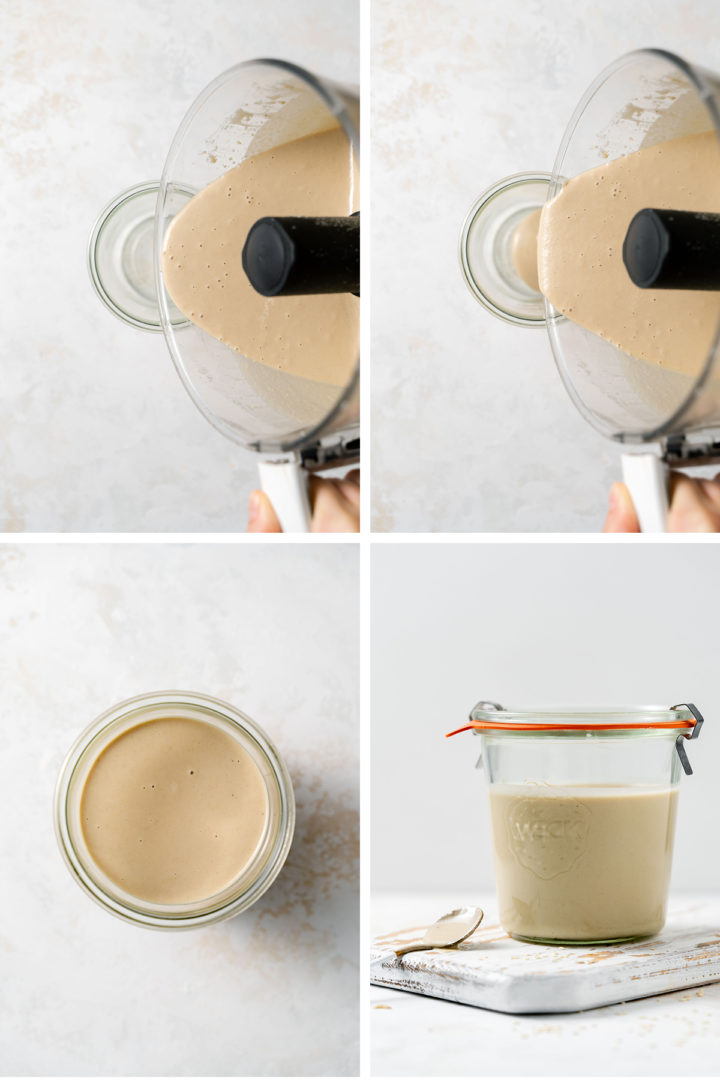
FAQs
Got questions about how to make this recipe? Here are the answers to a few commonly asked questions. Feel free to leave any other questions in the comments on this post and I’ll respond with answers.
Should You Toast Sesame Seeds Before Making Tahini?
Yes! I explain in detail how to toast sesame seeds for tahini in the recipe card below.
I recommend toasting the sesame seeds in the oven (it’s faster and easier than toasting them in a skillet). Toasting the sesame seeds results in flavorful, rich tahini with a nuanced flavor.
Does Tahini Need to Be Refrigerated?
If you’re unsure how quickly you’ll get through your batch of tahini, I recommend refrigerating it to be on the safe side.
Tahini will last up to about 6 months in the fridge. The oil will separate from the paste over time; when that happens, warm the jar of tahini in a bowl of warm tap water to make it easier to stir.
How Long Does Tahini Last?
Since this is homemade tahini, it needs to be eaten within 6 months.
If you think the tahini will be hanging around in your kitchen for that long, store it in the fridge to ensure it stays fresh.
Can Tahini Go Bad?
Yes! Tahini is a natural product made with just sesame seeds. It’s not heat treated and there are no additives to extend its shelf life.
You’ll know your tahini has gone bad if it no longer tastes good or if it smells metallic. Note that it’s normal for the oil to separate from the tahini over time; that is NOT a sign that the tahini has gone bad.
Can Tahini Be Frozen?
Tahini freezes surprisingly well. I recommend storing it in a jar or another freezer-safe container. If storing in a glass container, leave room at the top for the tahini to expand as it freezes.
Frozen tahini will last up to 1 year. When ready to use, thaw overnight in the fridge.
Storage Instructions
Tahini contains a large amount of natural oil, which means it goes rancid much faster than, say, a processed spread such as Nutella.
If you know you’ll eat the tahini within a couple months of making it, you may store it at room temperature.
If you take longer to go through a batch of tahini, I recommend storing it in an airtight container in the fridge.
Try This Recipe for Tahini!
Next time a recipe calls for tahini, give homemade tahini a try!
Did you think it was ultra creamy and delicious? Leave a comment below and give it a review for others to see what you thought of this tahini paste recipe.
On Instagram? Share your photo and tag me with @goodlifeeats and #goodlifeeatsrecipes. I’d love to see your photo of tahini!
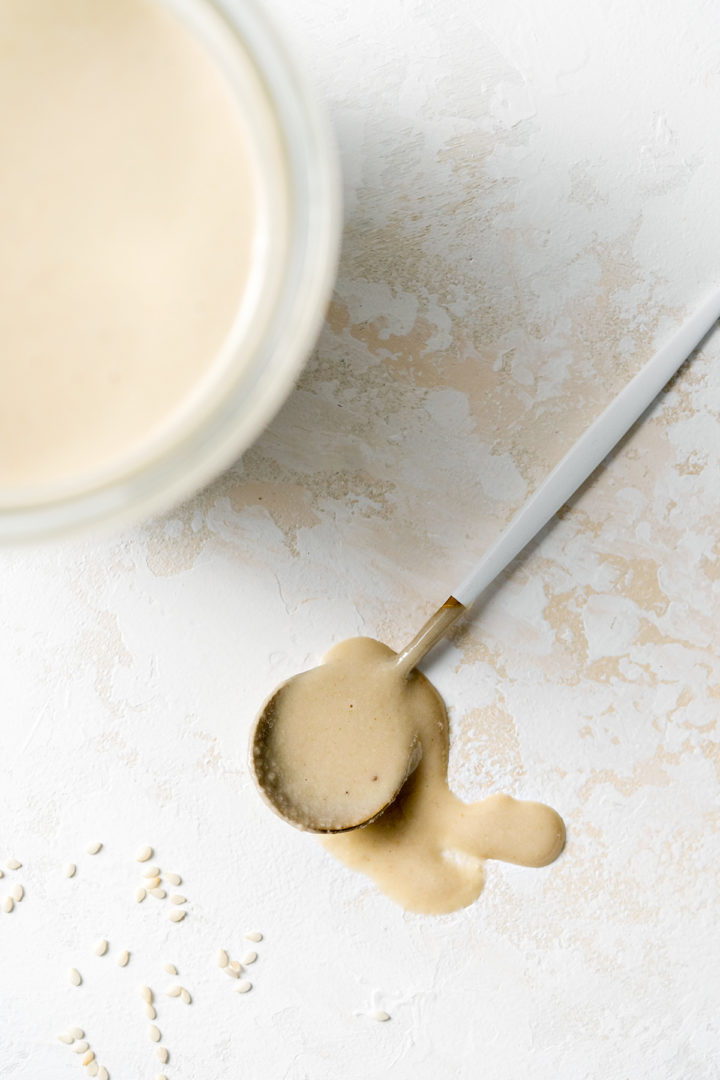
More Kitchen Tips:
Homemade Pumpkin Puree can be used in many sweet and savory recipes and lets you enjoy pumpkin season year-round!
In this post, I’m breaking down How to Make Compound Butter, how to store it, and the many ways you can use it.
Homemade Butternut Squash Puree can be enjoyed as a side dish or used as a substitute for pumpkin puree in baked goods, soups, and more!
Don’t throw out those vegetable scraps, use them to make vegetable broth instead! In this post, I’m sharing how to make vegetable broth from scraps or whole vegetables as well as answering commonly asked questions about homemade broth.
Just realized you’re out of baking powder and you need it for a recipe? Don’t worry, you can make homemade baking powder in seconds!
Thanks to its high smoke point and mild flavor, clarified butter is perfect for roasting, sauteing, and shallow frying! This post will explain how to clarify butter at home, as well as its many uses.
Get More Delicious Recipes via Email
Did you love this recipe for homemade tahini? Sign up for Good Life Eats email updates and never miss another update!
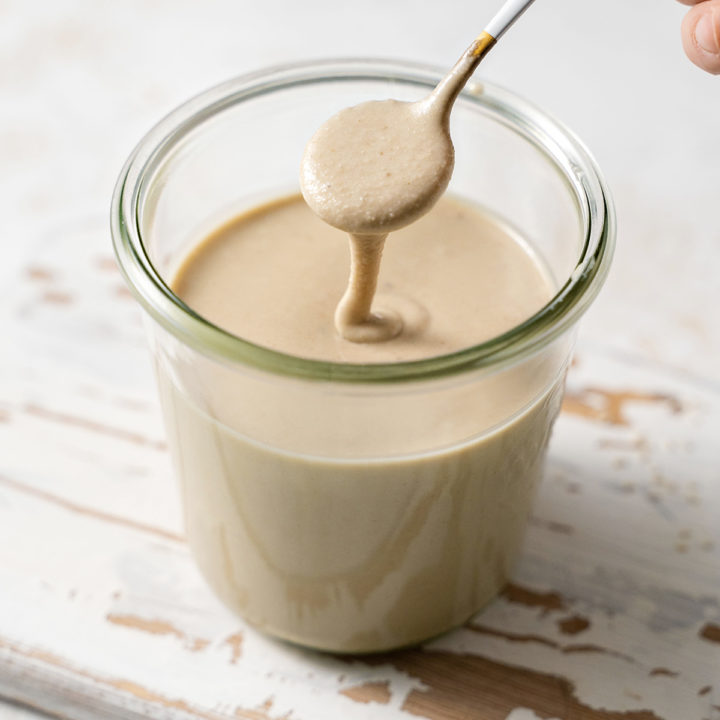
How to Make Tahini
Creamy, nutty, and earthy, tahini is a kind of paste made from sesame seeds. Once you know How to Make Tahini, you can start incorporating it into your homemade hummus, sauces, spreads, dips, and more!
Ingredients
- 3 cups hulled sesame seeds
Instructions
- Add sesame seeds to a large baking pan lined with parchment paper and bake for 5-6 minutes at 350°F (170°C) or until slightly darker (not brown) and fragrant.
- Stir once halfway. Stay near to keep an eye on them as the seeds can burn easily.
- Let the roasted seeds cool in the same baking pan until warm, 5 minutes is ok.
- Add warm roasted sesame seeds to a food processor and mix until completely smooth.
- Scrape the sides and the bottom occasionally for even mixing.
- Transfer to a container and store in the refrigerator.
Notes
You can use hulled sesame seeds, unhulled sesame seeds, or black sesame seeds. Hulled sesame seeds are used most often as they make the smoothest tahini. If using unhulled sesame seeds, tahini won't be as creamy.
If you prefer an even smoother tahini you can add a tablespoon of neutral oil.
Roasting the seeds gives them a better, nuttier taste, but it is an optional step. You can also make it using raw sesame seeds.

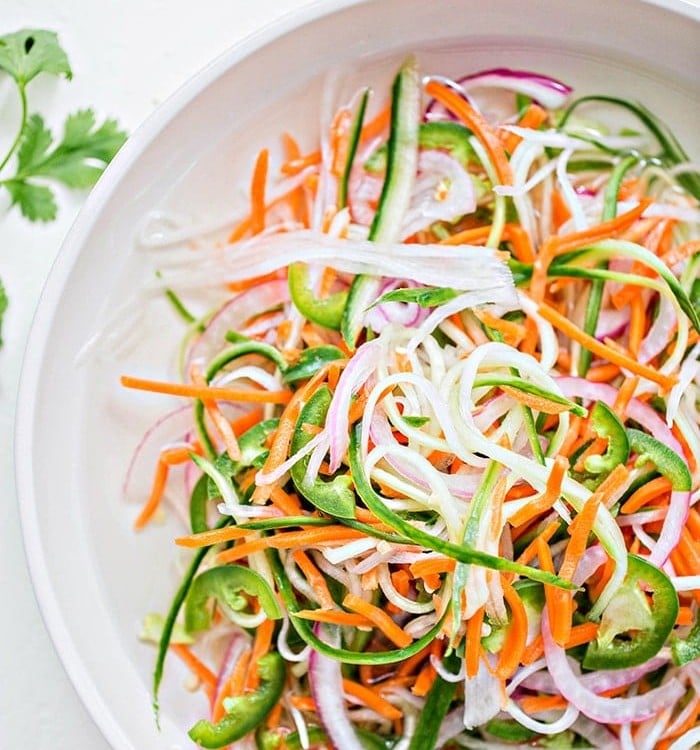
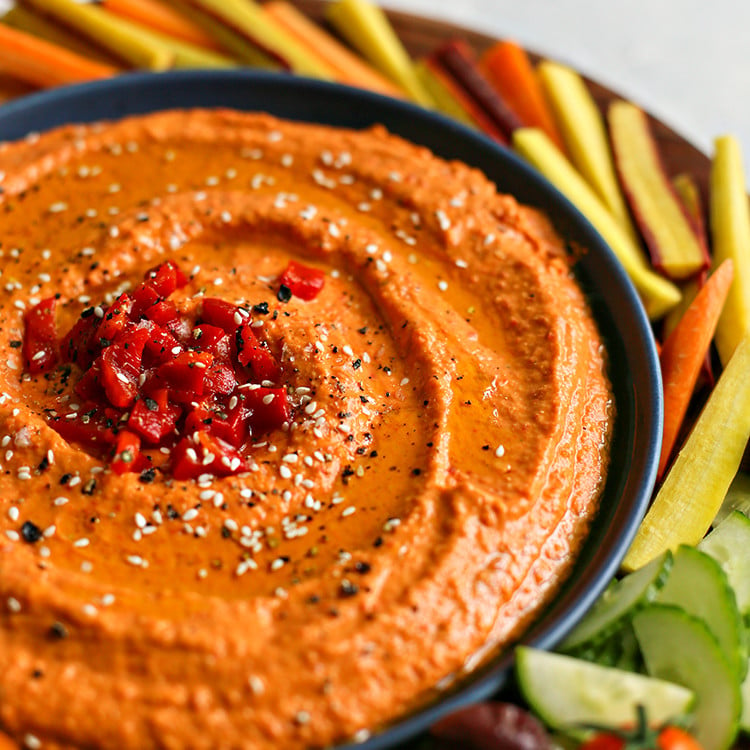
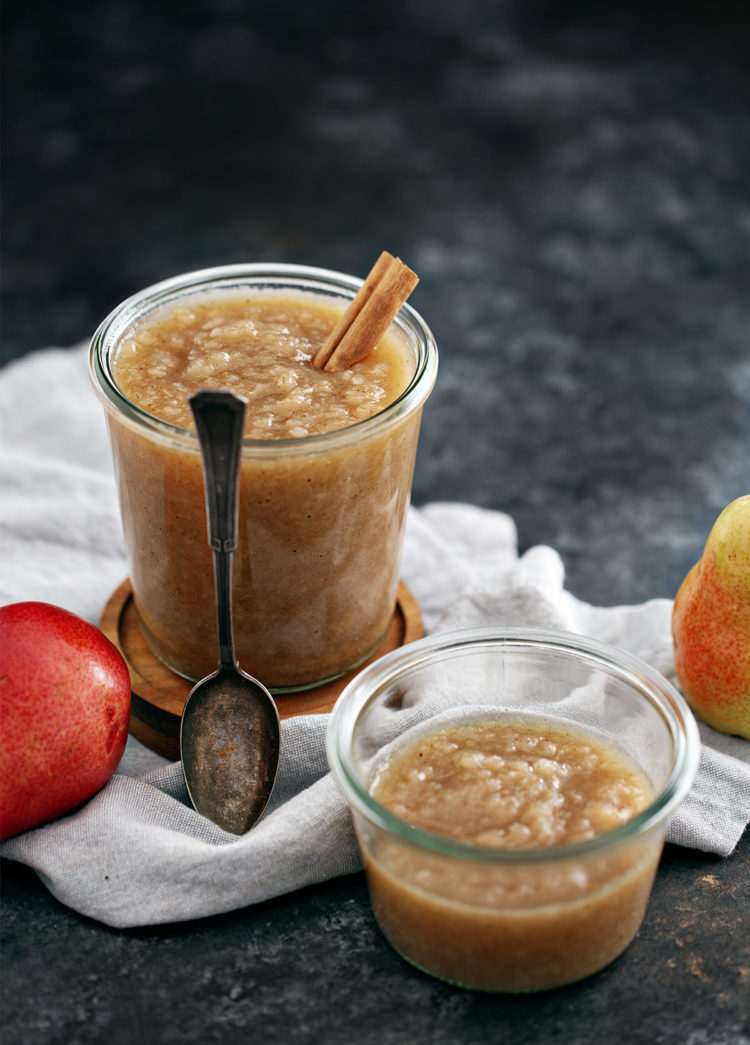


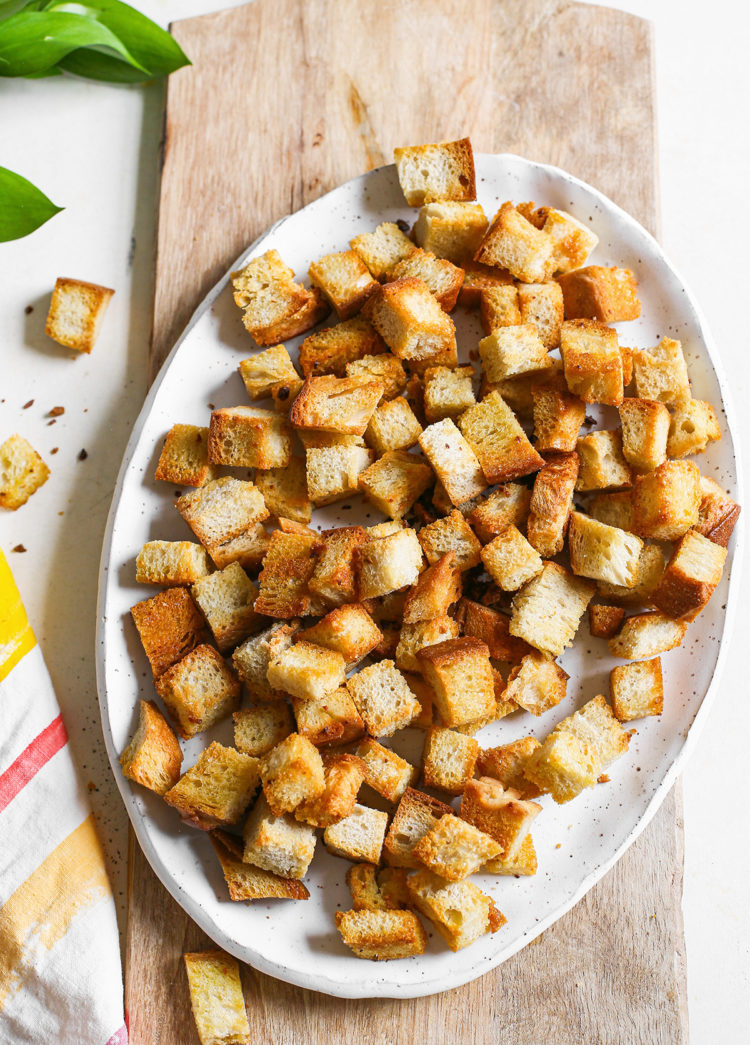

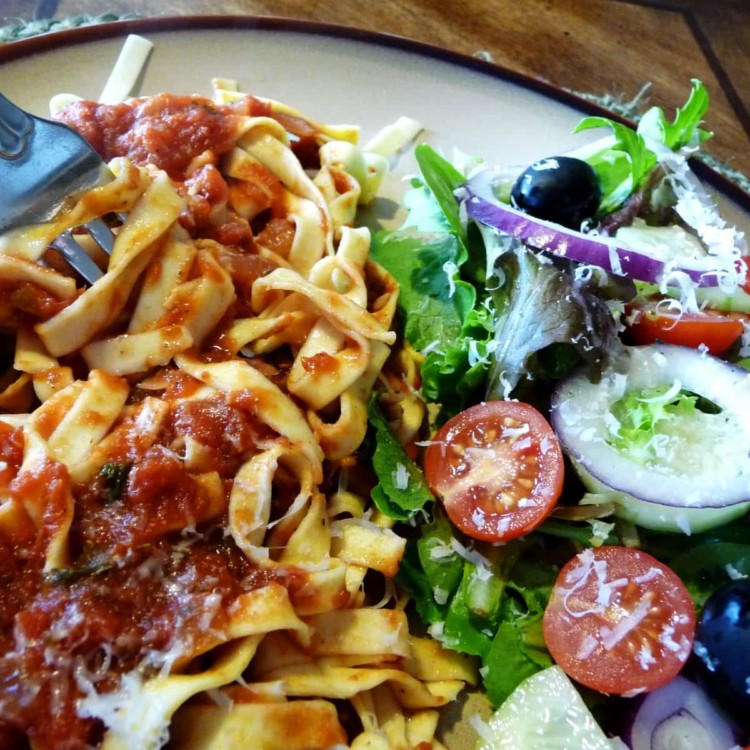
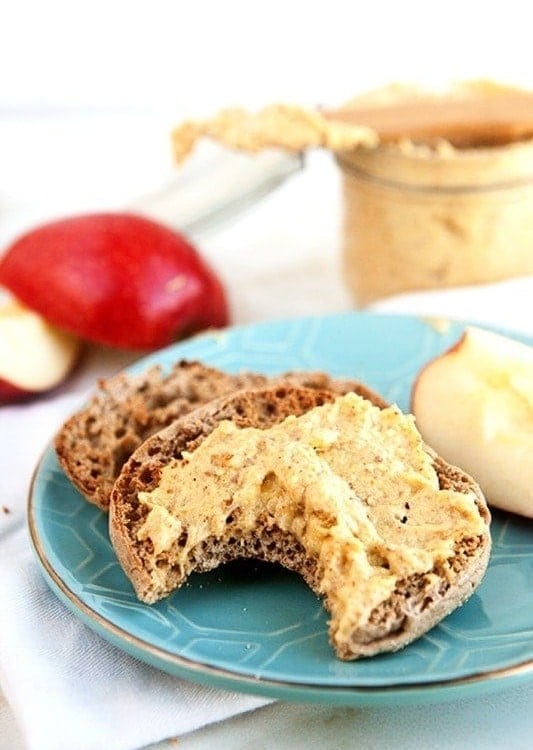

Leave a Comment